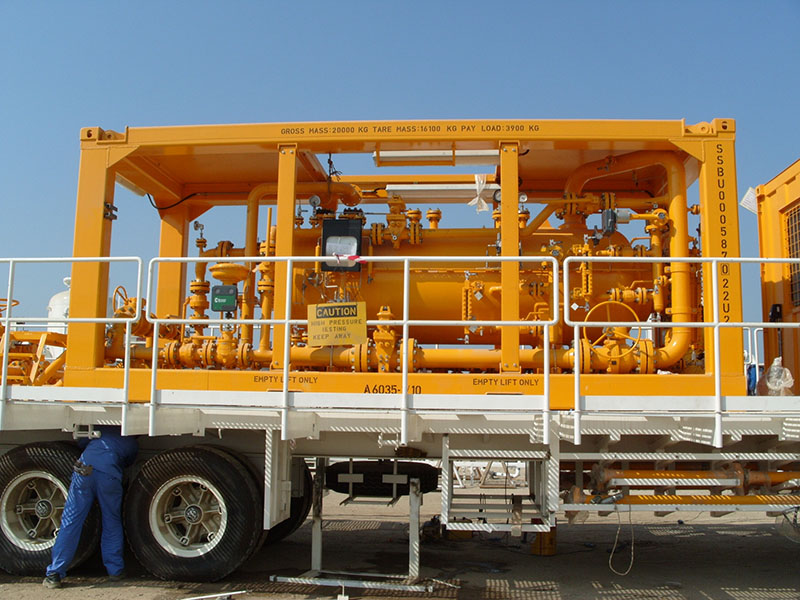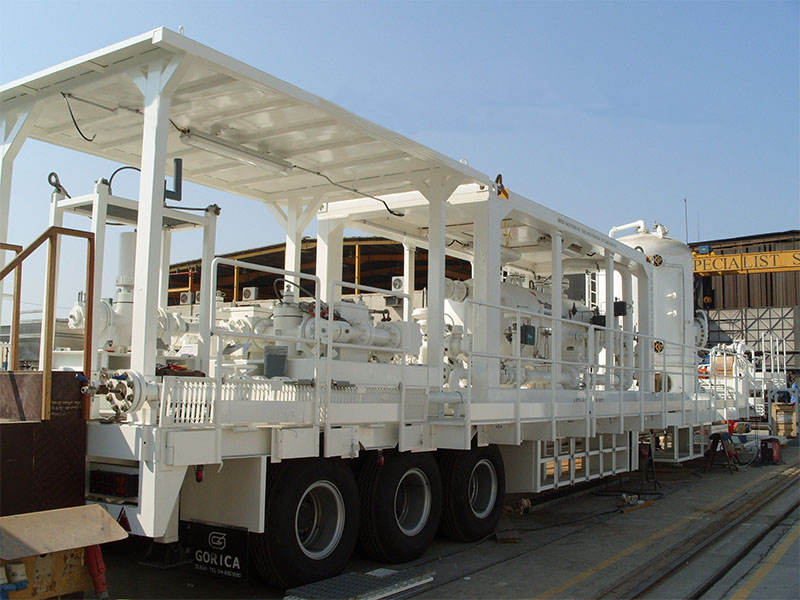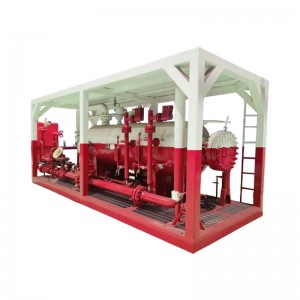✧ Description
The basic principle of separator is gravity separation. By making use of the density difference of different phase states, the droplet can settle or float freely under the combined force of gravity, buoyancy, fluid resistance and intermolecular forces. It has good applicability for both laminar and turbulent flows.
1. The separation of liquid and gas is relatively easy, while the separation efficiency of oil and water is affected by many factors.
2.The higher the viscosity of the oil is, the more difficult it is for the molecules of the droplets to move.


3. The more evenly oil and water are dispersed in each other's continuous phase and the smaller the droplets sizes are, the greater the separation difficulty is.
4. The higher the degree of separation is required, and the less liquid residual is allowed, the longer time it will take.
The longer separation time requires the larger size of the equipment and even the use of multi-stage separation and a variety of auxiliary separation means, such as centrifugal separation and collision coalescence separation. In addition, chemical agents and electrostatic coalescing are also often used in the crude oil separation process in refinery plants to achieve the best separation fineness. However, such a high separation precision is far from needed in the mining process of oil and gas fields, so usually only one three-phase separator is usually put into operation for every well.
✧ Specification
| Max. design pressure | 9.8MPa (1400psi) |
| Max. normal working pressure | <9.0MPa |
| Max. design temp. | 80℃ |
| Liquid handling capacity | ≤300m³/ d |
| Inlet pressure | 32.0MPa (4640psi) |
| Inlet air temp. | ≥10℃ (50°F) |
| Processing medium | crude oil, water, associated gas |
| Set pressure of safety valve | 7.5MPa (HP) (1088psi), 1.3MPa (LP) (200psi) |
| Set pressure of rupture disk | 9.4MPa (1363psi) |
| Gas flow measurement accuracy | ±1% |
| Liquid content in gas | ≤13mg/Nm³ |
| Oil content in water | ≤180mg/ L |
| Moisture in oil | ≤0.5% |
| Power supply | 220VAC, 100W |
| Physical properties of crude oil | viscosity (50℃); 5.56Mpa·S; crude oil density (20℃):0.86 |
| Gas-oil ratio | > 150 |





